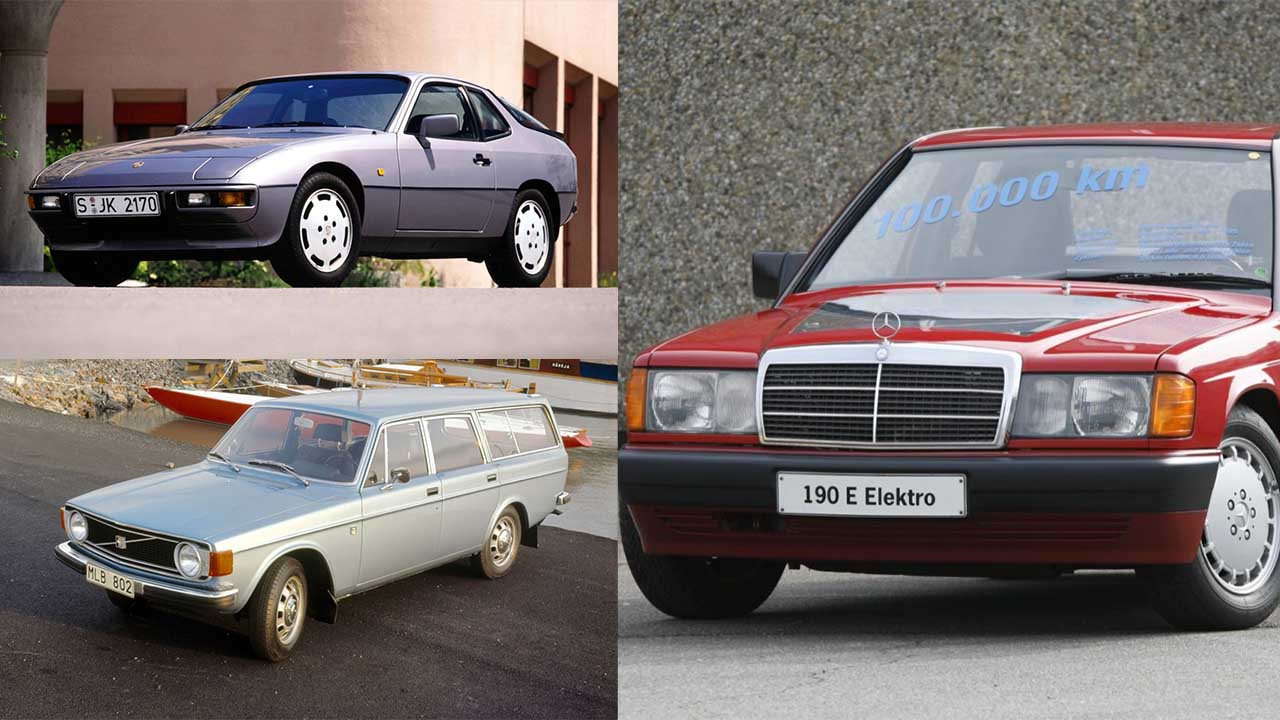Owning a classic car is typically straightforward: you rely on a modern vehicle for the everyday grind—commuting, grocery runs, and similar tasks—while keeping a more entertaining vintage car stashed away for those moments of downtime.
But what happens if you don’t want to wait until the weekend or for perfect weather to enjoy your classic? Or maybe owning two cars just isn’t financially feasible?
Here’s the upside: a wide range of youngtimers from the 1980s and ’90s offer enough speed, dependability, and refinement to hold their own against modern vehicles during your daily drive to the office.
And even with the overall surge in classic car values, quite a few of these options remain relatively affordable.
1. Alfa Romeo 164
Related to the Fiat Croma, Saab 9000, and Lancia Thema, the Alfa Romeo 164—styled by Pininfarina—features galvanised body panels, meaning it won’t crumble away like an aspirin when exposed to regular winter use.
The lively twin-spark 2.0-litre engine delivers enough power to make the front-wheel-drive chassis come alive, and you can find one for as little as £2,000. If you’re willing to take the hit on fuel consumption, the 230bhp, 155mph 24-valve Cloverleaf version is a real treat.
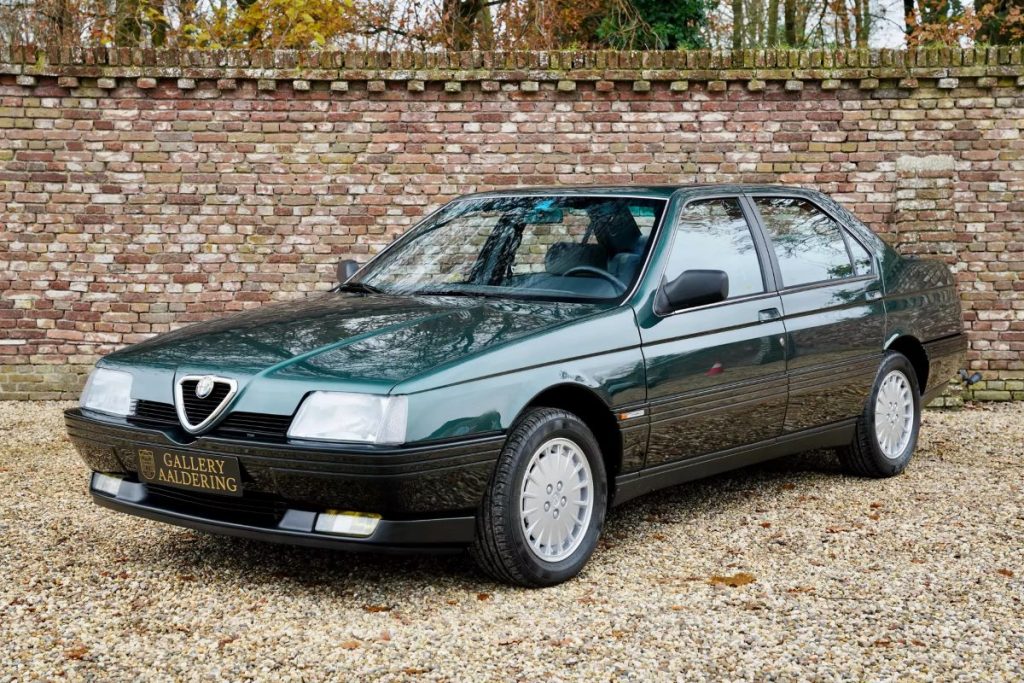
2. Lotus Excel
This often-overlooked gem from Lotus’ 1980s catalogue is equipped with the same all-alloy 2.2-litre engine found in the S3 Esprit, but packaged in a more practical 2+2 layout suited for occasional family use.
With a transaxle design providing ideal 50:50 weight distribution, it handles beautifully, while its glassfibre bodywork holds up well over time. However, be cautious of corrosion in the door bars, which can be a weak point.

3. Saab 900
Considered the last true product of Trollhättan before GM’s involvement diluted its unique charm, the 1978–1993 Saab 900 combines much of the distinctive character of the earlier 99 with the day-to-day practicality expected of a more modern car.
Even without a turbo, these cars deliver respectable performance and can still be picked up for very little. That said, approach with caution: rust can be a serious issue, gearboxes are known to be problematic, and sagging headliners are a common annoyance.
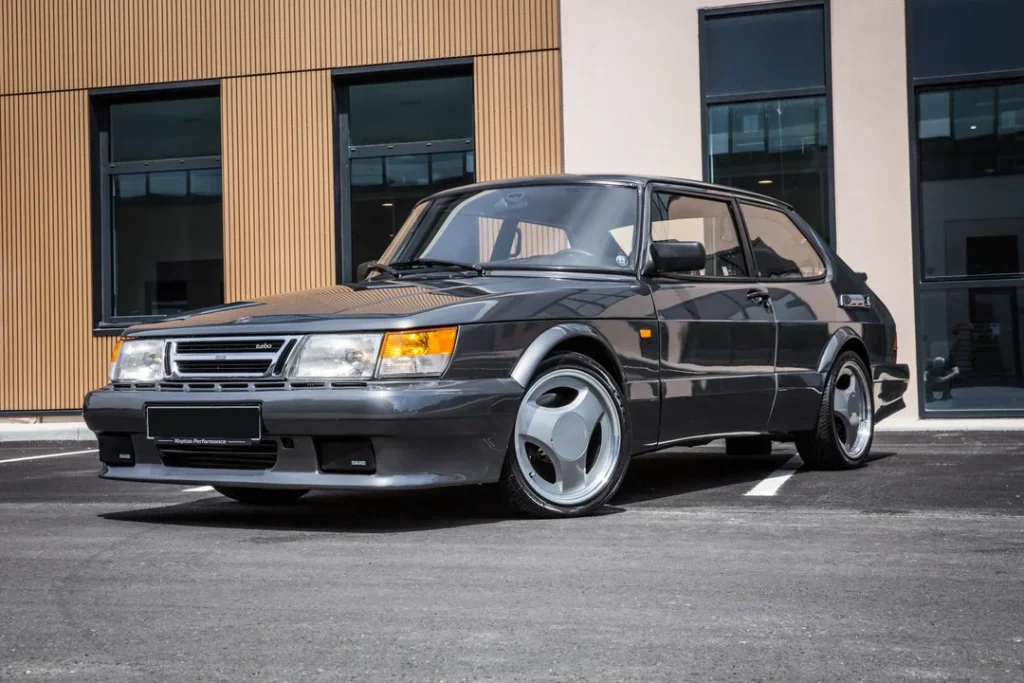
The Saab 900, produced from 1978 to 1993, is one of the most distinctive and thoughtfully engineered cars of its era.
Built during the golden years of Saab, before General Motors took over, the 900 wasn’t just another European sedan—it was a bold expression of Swedish design and practicality.
Based on the older Saab 99 but lengthened and refined, the 900 featured a unique layout where the engine was mounted longitudinally and tilted at a 45-degree angle, sitting directly above the gearbox. This unconventional setup made maintenance a little unusual, but it was part of the car’s undeniable charm.
One of the 900’s standout qualities was its build quality. Designed to endure harsh Scandinavian winters and prioritize occupant safety, it had thick doors, sturdy construction, and innovative safety features for its time.
It was also one of the pioneers in bringing turbocharging to mainstream cars. The Saab 900 Turbo, especially the 16-valve version, delivered impressive performance with a rush of torque once the turbo kicked in—something that set it apart from its competitors in the ‘80s.
4. Toyota MR2
This is Japan’s take on the Fiat X1/9—less prone to rust, more powerful, and overall a more dependable choice for daily use than the better-known Mazda MX-5.
The Lotus-tuned chassis offers a well-balanced and responsive ride, while the 16-valve 1.6-litre engine revs happily past 7000rpm. In the case of the Mk2 (W20), there’s even a surprisingly practical boot situated behind the engine—perfectly capable of handling a week’s worth of groceries.

5. Mercedes 190
More refined than its BMW E30 3-Series rival, the tough and reliable baby Benz makes an excellent choice for a first-time classic or a daily driver.
While ex-taxi non-turbo diesel variants are agonisingly slow and the Cosworth-tuned 2.3- and 2.5-16 models have become prohibitively expensive, a more balanced option is the fuel-injected (‘E’ badged) 2.0-litre four-cylinder. It’s got enough pace to keep up with today’s traffic and won’t drain your wallet with upkeep.

6. Jaguar XJ-S
Running a V12 XJ-S as a daily is a tough ask—its thirst for fuel is so intense that even oil-rich sheiks might hesitate. However, the 3.6-litre straight-six version could be just frugal enough to make sense for shorter commutes.
Available in both coupé and cabriolet forms—like the XJ-SC shown in the photo—it also offers the option of a manual gearbox, unlike most V12 models apart from the earliest ones. It’s also more affordable, typically costing a few thousand pounds less than the V12, with decent examples coming in around the £10–15k mark.

7. Austin/Morris 1300
Often referred to as BMC’s larger Mini, the Austin/Morris 1300 is just as prone to rust as its smaller sibling. However, values haven’t skyrocketed yet, meaning you can use it for everyday duties or in poor weather without feeling guilty.
While it lacks a hatchback, the interior is surprisingly spacious, and the hydrolastic suspension delivers a smooth and comfortable ride. The single-carb A-series engine, though not in full Cooper S spec, is durable and delivers decent torque. If you’re after more power, the twin-carb GT version (as pictured) offers just that—but expect to pay a bit more for it.
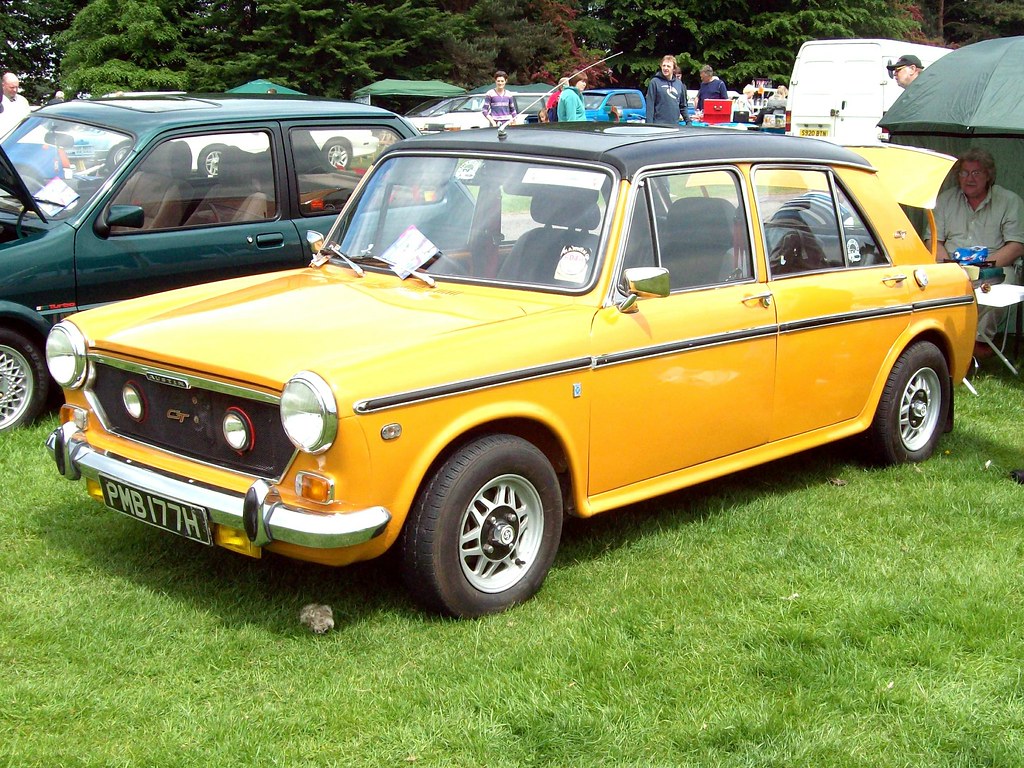
8. MGB GT
Launched in 1965, three years after its open-top counterpart, the MGB GT from Abingdon is an ideal choice for those who like the appeal of a ‘B’ but prefer to stay protected from the elements during the winter months.
The 90bhp 1.8-litre B-series engine’s performance is slightly blunted by the GT’s added weight, but the lower market values—particularly for the less attractive post-1975 rubber-bumper models—make up for the modest drop in acceleration.
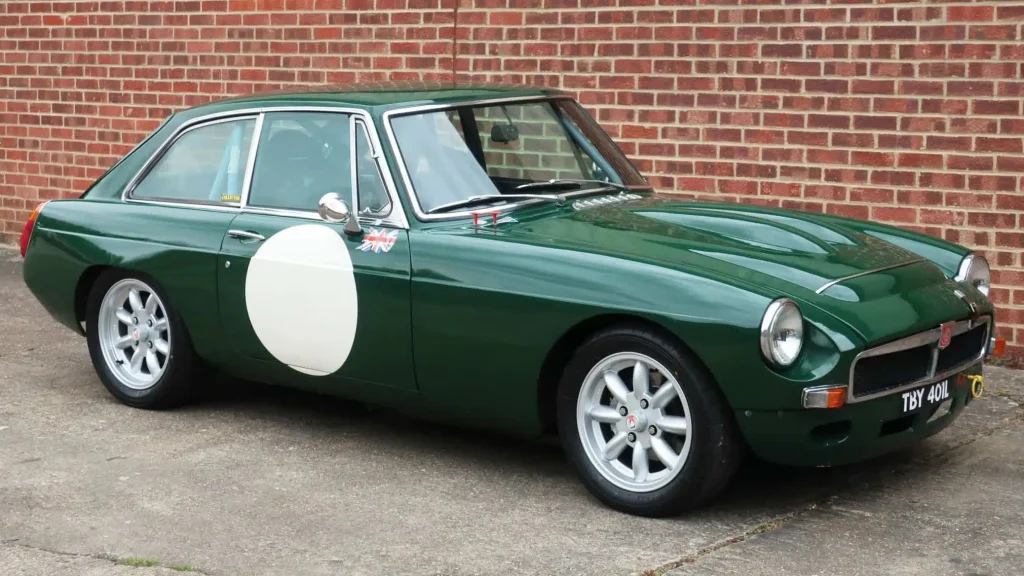
9. Volvo 145 Estate
Formerly the go-to vehicle for antique dealers, the rugged Volvo 145—and its slightly dowdier 240 descendant—has the durability to take on just about any task you throw at it.
The 1.8- and 2.1-litre petrol engines won’t win any awards for fuel efficiency, but they’re excellent for covering long distances. The estate versions are especially practical, boasting an enormous cargo area with a completely flat loading floor.
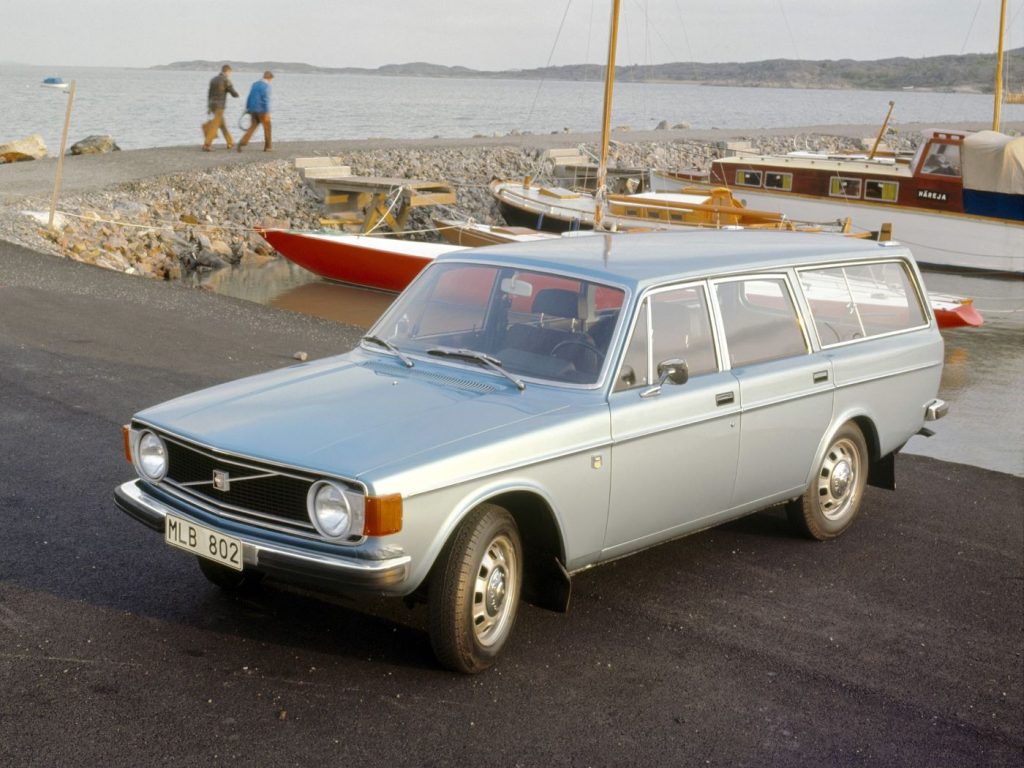
10. Reliant Scimitar GTE
This underrated British grand tourer combines a fibreglass body, straightforward Ford mechanicals, and a spacious Tom Ogle-penned shooting brake design, making it a surprisingly sensible option for daily use.
Also Read: The Most Popular Cars Among Gen Z in 2024
The downside is the 3.0-litre Essex V6’s appetite for fuel—though the SE6B’s 2.8-litre Cologne V6 is a marginal improvement. Some have been converted to run on LPG to help with running costs. With strong styling and a price tag still under £7,000 for a solid example, it remains shockingly undervalued.

11. Volkswagen Golf GTi Mk2
As prices continue to rise, many of the classic ’80s hot hatches that haven’t already succumbed to rust are now carefully stored away, only emerging on bright, sunny Sundays.
However, the Mk2 Volkswagen Golf GTi is tough enough to serve as a reliable daily driver. It offers plenty of space for a family, the Bosch-injected 1.8-litre engine is both powerful and economical, and there’s even a practical five-door variant available.

12. Porsche 924
While the 924 was considered overpriced when it was first released, it has now become one of the most affordable ways to own a classic Porsche.
It’s best to avoid the later 924S and the bulkier 944, both of which come with costly balance-shaft belt replacements. Instead, opt for the straightforward 2.0-litre 924.
While it may not be the quickest, it’s undeniably enjoyable to drive, thanks to its transaxle layout and sharp steering. Plus, with its large tailgate and decent-sized boot, it offers solid practicality as well.

13. BMW 525e
If you’ve always wanted a classic straight-six BMW with the iconic sharknose styling but want to avoid the high running costs, the 525e might be the perfect choice.
The ‘e’ in 525e stands for ‘Eta,’ the Greek word for efficiency, and refers to the long-stroke 2.7-litre engine under the hood, designed for low-revving, fuel-efficient driving.
Coupled with a relatively advanced four-speed ZF automatic transmission, this model can achieve nearly 40mpg on a gentle drive—offering diesel-like economy from an era when diesel executive cars weren’t the norm. You can find one for around £5,000.
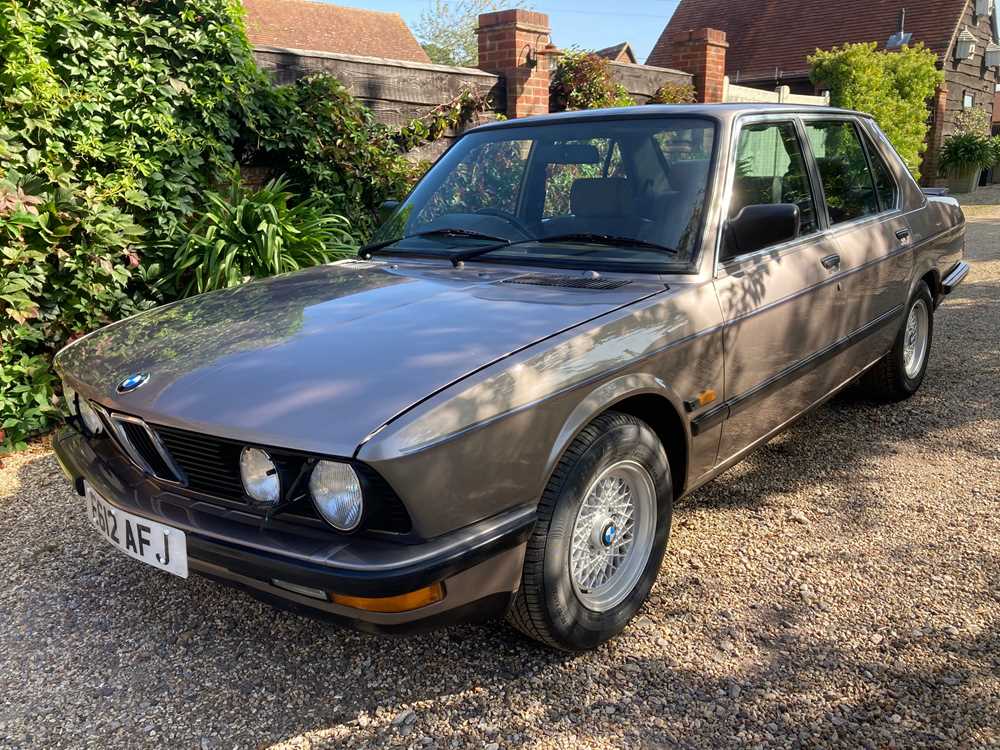
14. Subaru Impreza
After surviving the ‘Max Power’ era, Subaru’s legendary rally car is now establishing itself as a sought-after new-era classic.
The more understated UK-spec Mk1 models come with about 208bhp, available in either saloon or wagon form. However, the market is flooded with quicker WRX and STi grey imports.
Also Read: 12 Sports Sedans That Outlast SUVs With Top Endurance
If you manage to find one that hasn’t been ruined by rust or tacky modifications, you’ll have a fantastic all-weather performance car that lives up to its rally heritage.
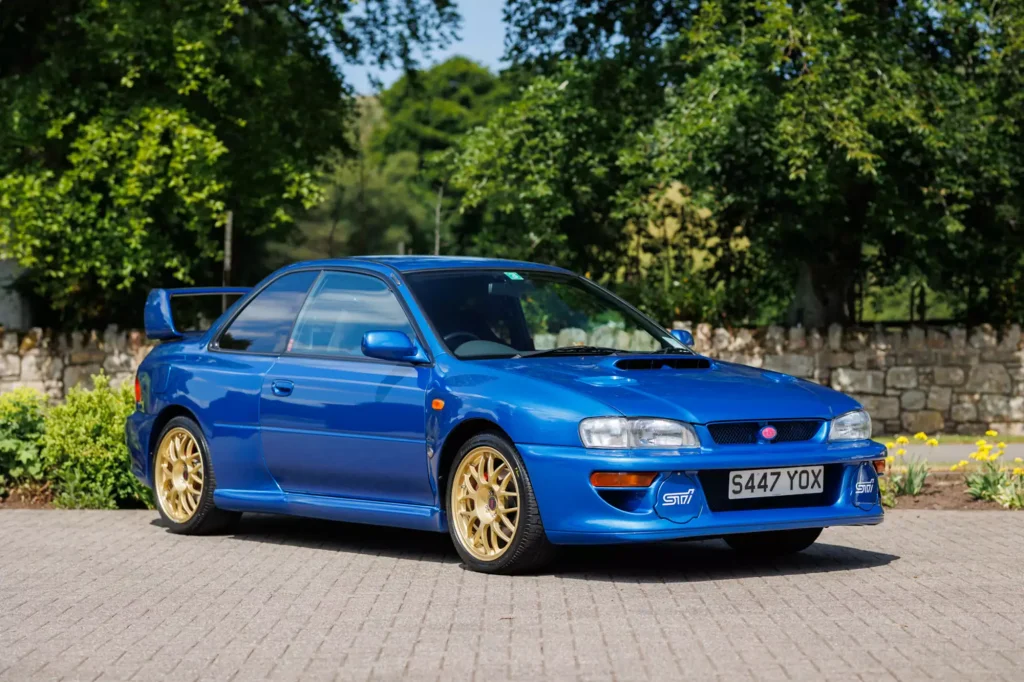
15. Triumph Dolomite / Dolomite Sprint
If skyrocketing values make you hesitate to drive a Ford Escort RS2000 or Mexico during winter, consider the Triumph alternative.
With its stylish Michelotti design, the Dolomite is sure to turn heads on the road, all while costing a fraction of the price of the Ford.
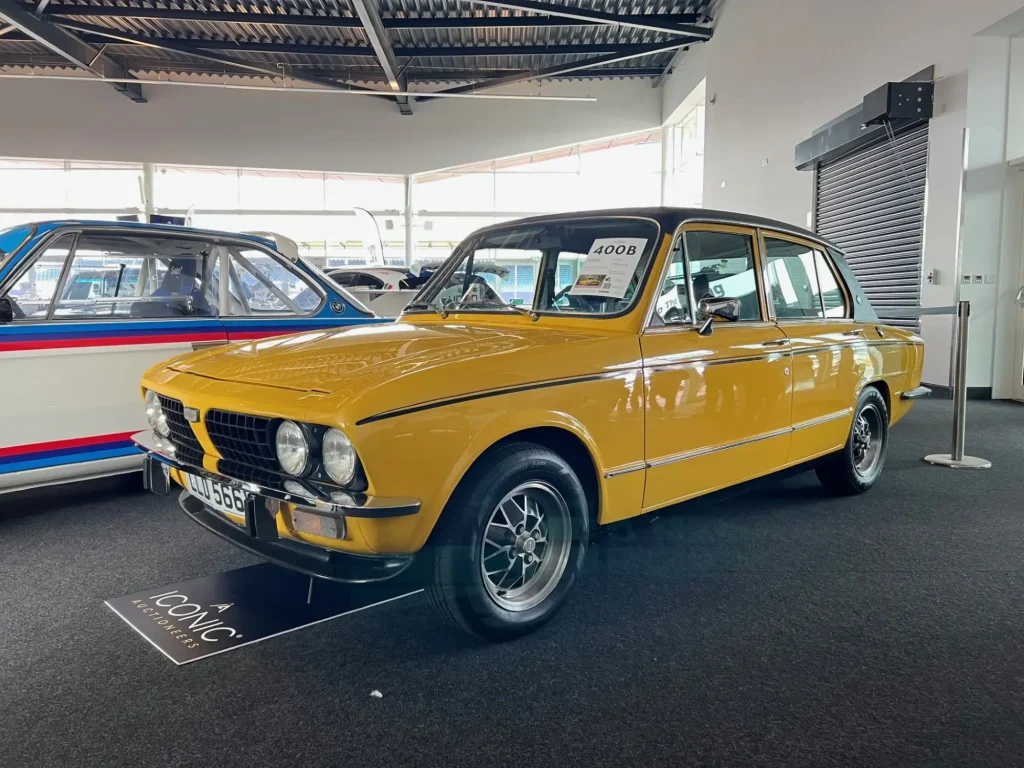
Even if your budget doesn’t stretch to the Sprint version, the regular 1850 models still have enough power to keep you engaged—and, as a bonus, they’re more reliable too.

